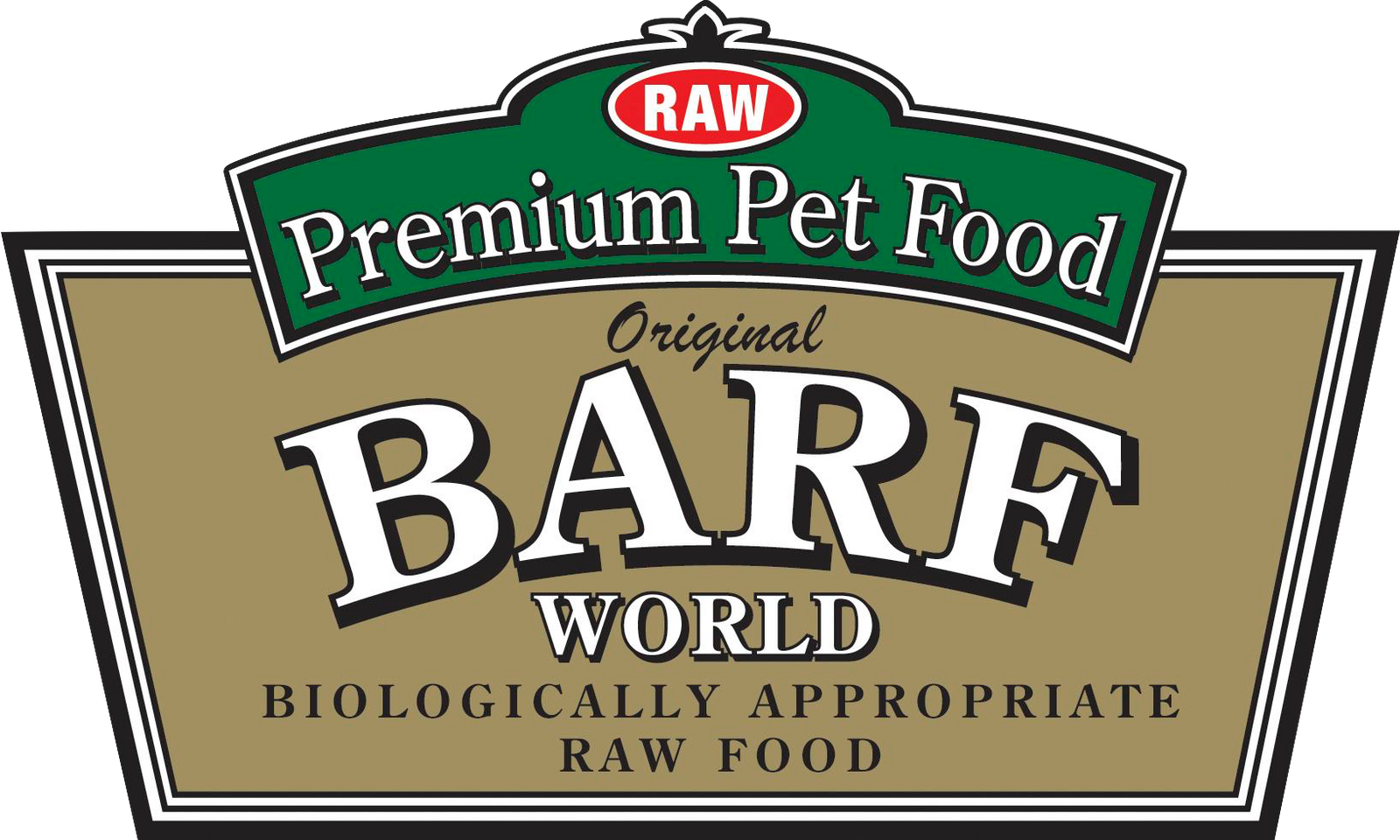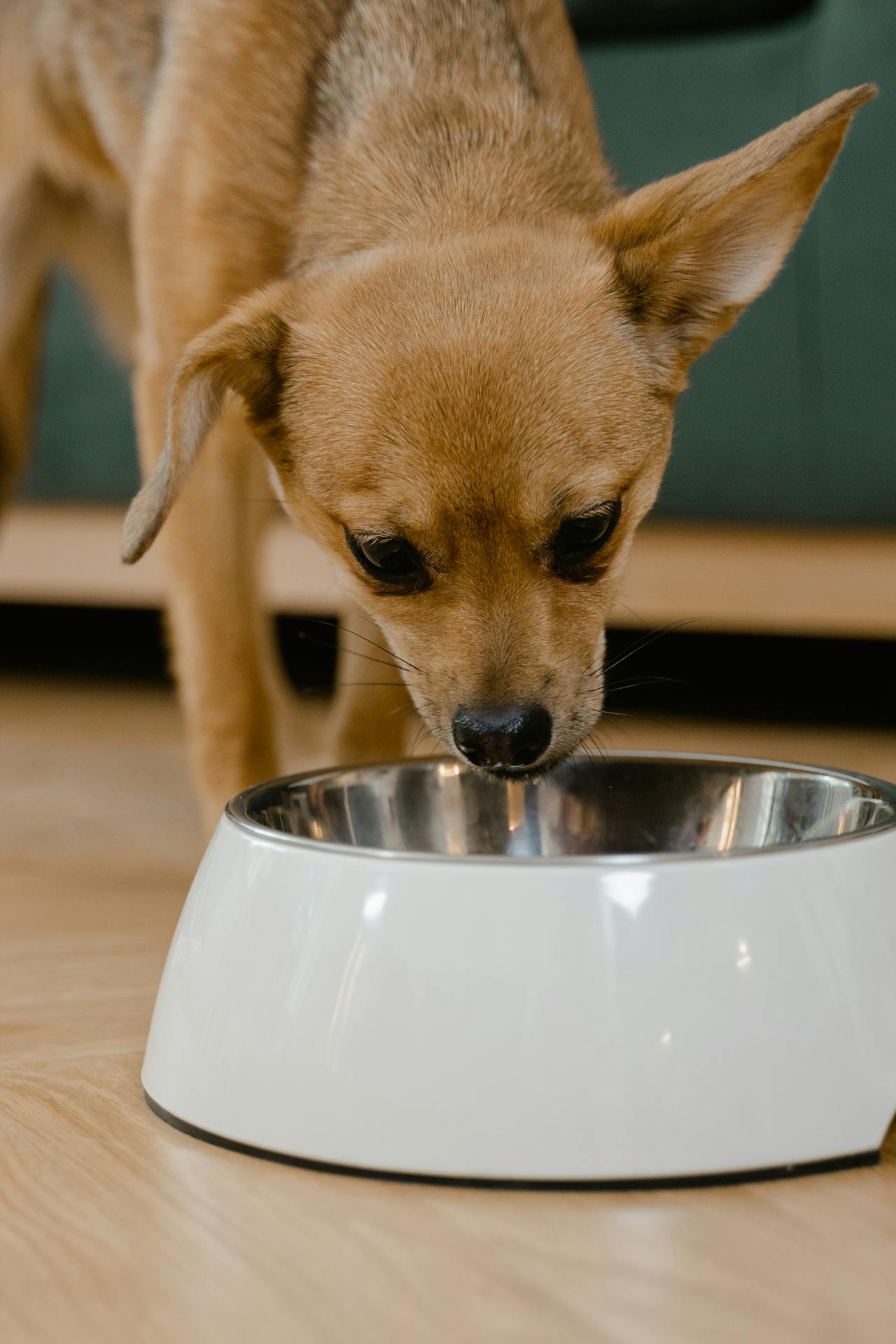When it comes to choosing the best food for your pet, the options can be overwhelming. Freeze-dried raw and dehydrated pet foods are two popular choices among health-conscious pet owners. While they both offer benefits, understanding their differences can help you make an informed decision about what’s best for your pet. Let’s dive into the key comparisons between freeze-dried raw and dehydrated pet food.
Processing and Nutritional Integrity
Freeze-Dried Raw: Freeze-drying is a process that removes moisture from raw meat and other ingredients by freezing them and then using a vacuum to evaporate the ice. This method preserves the nutritional content, flavor, and texture of the raw ingredients. As a result, BARF’s freeze-dried raw food retains much of its natural enzymatic activity and nutrient profile. This makes it a close approximation to a natural, raw diet, which can be ideal for pets with specific dietary needs or sensitivities.
Dehydrated Pet Food: Dehydrated pet food involves removing moisture through a heating process. While this method also helps to preserve the food and extend its shelf life, the heating can sometimes lead to a reduction in certain heat-sensitive nutrients. However, many high-quality dehydrated foods are carefully crafted to retain a significant portion of their nutritional value, though they might not be as close to the natural state as BARF World’s freeze-dried options.
Convenience and Preparation
Freeze-Dried Raw:One of the biggest advantages of freeze-dried raw food is its convenience. It’s easy to store, has a long shelf life, and can be quickly rehydrated with water before serving. This means you can provide your pet with the benefits of a raw diet without the hassle of handling and storing raw meat. However, some pets might need a bit of time to adjust to the texture or taste of freeze-dried food.






